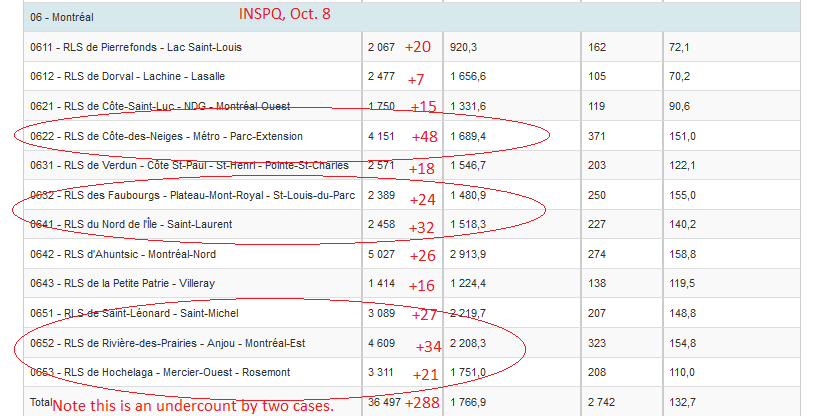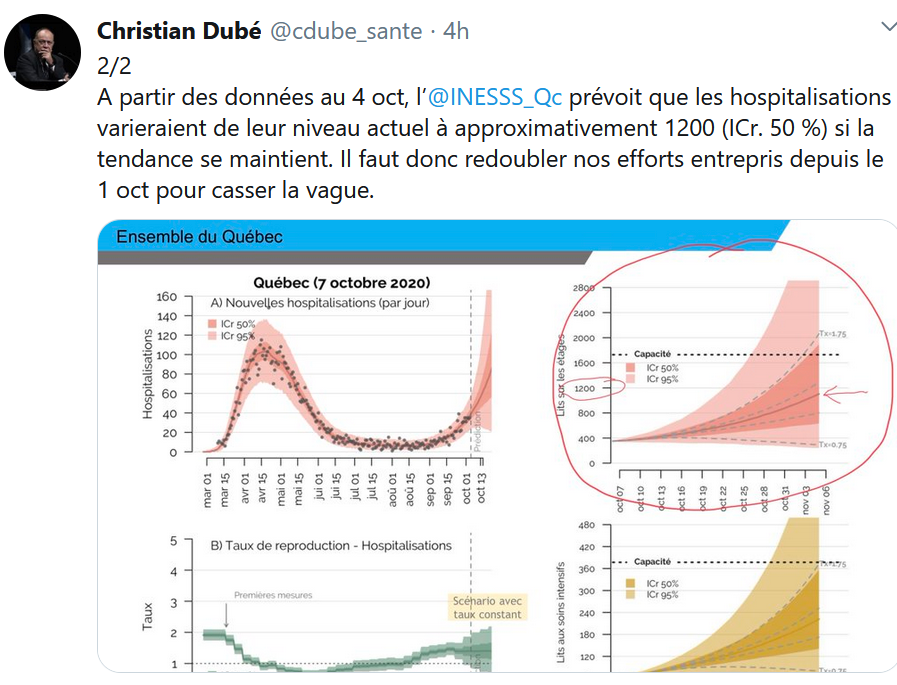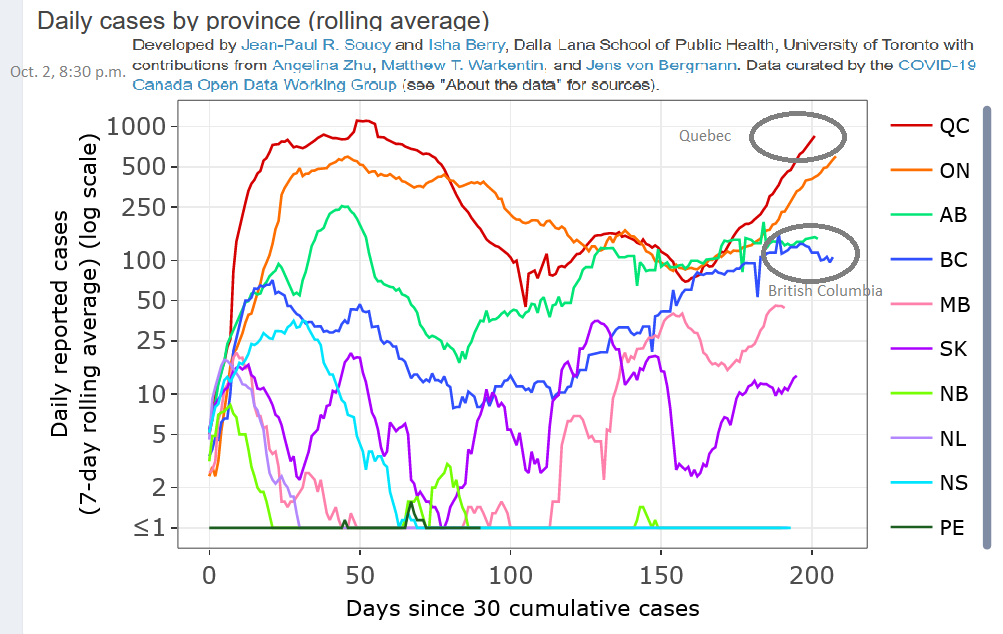
1) Montreal health authorities released for the first time Thursday a breakdown of #COVID outbreaks in the workplace, revealing that most have occurred in restaurants, bars, gyms and hotels. In this thread, I'll try to explain what this means for the city's #pandemic's response.
2) Public health officials are scrambling to contain more than 130 #COVID19 outbreaks in the metropolis: at least 51 in the workplace, 42 in schools, 18 in daycare centres and more than a dozen in health-care institutions that include public and private eldercare homes.
3) The breakdown by authorities lists 25 outbreaks affecting restaurants, bars, gyms, hotels, motels and temporary employment agencies as of Oct. 7. It’s clear that some workers in restaurants and bars, which closed to customers on Oct. 1, are still reeling from #COVID19.
4) The figures would appear to justify Quebec’s decision to shut restaurants and bars. But the chart below doesn't list outbreaks in cinemas or concert halls, which also closed. The next category affected is retail: boutiques, big-box stores, green grocers and pharmacies. 

5) What stands out in the list is #COVID19 outbreaks are occurring among workers in pharmacies, where people go to purchase their medications. Workers have also fallen ill in hotels and motels, raising the possibility guests might be exposed to the highly contagious #coronavirus.
6) In light of the new data, perhaps the Quebec government should devise new restrictions and measures for pharmacies, hotels and motels, which are staying open during the #pandemic. The chart also helps explain why Quebec decided to close gyms in red zones on Thursday.
7) In addition, the government must start looking at what extra safeguards it could implement quickly in the city's schools, which are reporting the second highest number of #COVID19 outbreaks after the workplace, as well as how to better protect workers and children in daycares.
8) Meanwhile, Montreal posted 290 #COVID19 cases on Thursday, slightly down from the 300-to-400 range earlier this week. However, the seven-day average remains alarmingly high: 169.35 infections per million population. (Please see the chart below.) 

9) At the neighborhood level, the city centre is still dominating with new #COVID19 cases, as the chart below indicates. The north and east ends of Montreal are also hard hit. What’s noteworthy is that Dorval, Lachine and LaSalle appear to be far less affected. I don't know why. 

10) Although the Quebec City areas has declared a marked increase in #COVID19 deaths in the past week with 19, the number of fatalities is starting to creep up again in Montreal. The city added three more to a death toll that’s soared to 3,490. End of thread. Please stay safe. 

• • •
Missing some Tweet in this thread? You can try to
force a refresh





